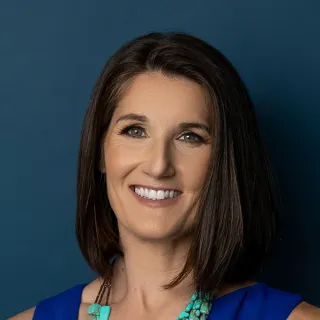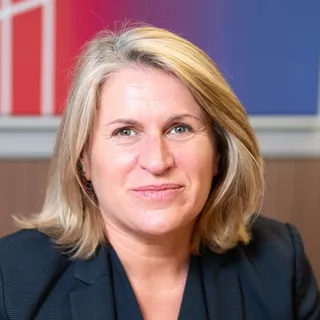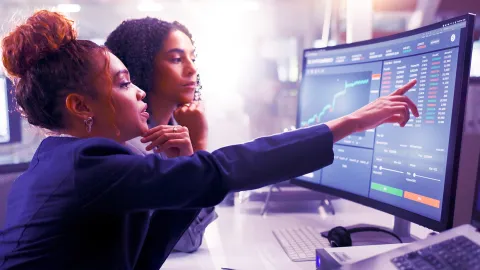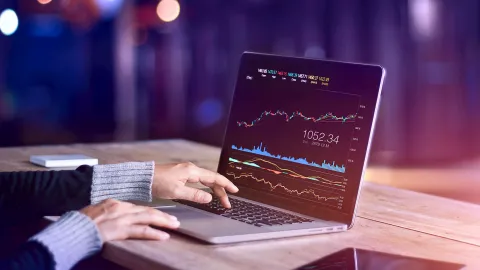Prioritizing positive social impact in lending
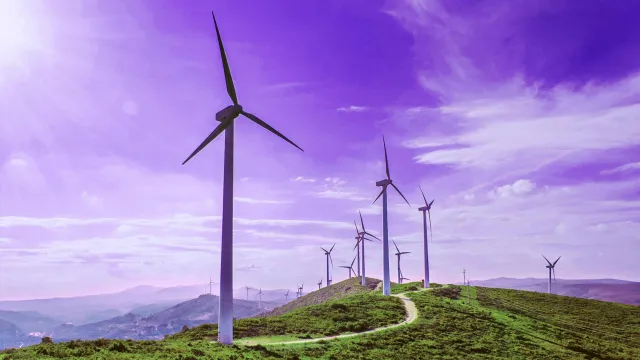
While the notion of environmentally responsible lending is now well-understood and catered for by a growing raft of regulatory frameworks, the social factor in sustainable finance can be overlooked. So, what are the implications of societal lending for banks, and where should financial institutions be looking for opportunities?
Understanding the nuances of societal lending
Gemma Lawrence-Pardew, Head of Sustainability at the Loan Market Association (LMA), says that one problem is that societal considerations can vary depending on where you are in the world.
“There are now regulatory and voluntary frameworks and taxonomies behind environmental lending and it's a huge part of what the LMA does,” she says. “Societal lending is much more nuanced, and you need to look at not just the core project, such as water infrastructure, but also who exactly will be impacted.”
This infers that questions should always be asked about who the target population for a loan is, whether that’s a minority population, or an uneducated, unemployed, or otherwise underserved diverse group.
“If you are looking at a clean water project in the City of London versus one in, for example, Papua New Guinea, you’re going to see very different projects, with very different impacts and very different social considerations,” says Gemma.
Alessandra Wall, Executive Coach, Speaker, Author, Psychologist, and Founder, agrees that the impact of societal lending is important to understand: “For the longest time, what corporations focused on was the bottom line.
That hasn’t changed, but what has changed us the definition of that bottom line.” In a global economy with a global workforce, customer and investor base, it makes more sense for corporations to invest time, energy and money into developing programs that help produce services that meet the needs and expectations of the many, adds Alessandra.
“The numbers still need to make sense, but return on investment can take longer,” she explains. “It’s about building long-term trust and stability in the markets, but also at a larger social structural level. We see corporations that have good approaches to societal lending or sustainability tend to be able to weather turbulent times and crises more effectively. And the customer base is really looking to corporations and banking institutions to become leaders and take action.”
Taking positive action for greater impact
Sandrine Ricard, Director of Sustainability & Responsibility Communications at Chivas Brothers / Pernod Ricard explains why and how her company is taking positive action on sustainability and sustainable finance.
“We need to start with employees in the company if we really want to move the needle,” she says. “We know we achieve more profitability when we have employee engagement, which leads to more innovation and high performance. But it also has to be driven by leadership, and linked to the core values of our company.”
Collaboration is another key driver behind sustainable finance, not just with banks but with academia and the regulators, adds Sandrine: “That’s how we started our DNI council with a group of passionate people and then moved on to employee resource groups to focus on specific topics.”
Collaboration can extend to competitors as well, Sandrine says. One example is the Chivas Brothers’ River Within project, a long-term programme to preserve and protect the health of some of Scotland's iconic rivers. “We brought in the river trusts for this project but also competitors, as we did for projects to build technologies in the energy space.”
Societal lending linked to sustainability can be seen as an acknowledgment that corporates don’t exist in a vacuum and are increasingly focused on the drive to have purpose and impact, not just to make money.
“It’s about shifting from the short-term to the long-term view of what it means to be successful,” stresses Sandrine. “Nothing we produce today in the Scotch whisky business will hit the shelves until 12 years’ time, and by 2037 we might be in a very different world. We want to look back and say that we did the right thing for our business at the right time.”
Rethinking the economic rulebook
The question is whether the world needs to rethink the economics on which global economies are founded, says Gemma: “Ecological economics is the new term being bandied around, but it’s all about rethinking value and how we attribute funds to it. What corporates need to see is that there is a future market where more people with security and wealth can become their customers and that they can continue to exist and succeed.”
Overall, it means that corporates and financial institutions need to be impassioned about societal lending, and collaborate to drive projects forward together. “The world is in such a place that things change every day,” she adds, “It’s hard to keep up. But I’d say stand your course and do what you think is right.”
Sandrine Markham, Global Lead for Sustainable Finance Solutions at Finastra, concludes by highlighting the interconnectedness of environmental and societal lending: “Our market is about driving private capital to have an impact on the planet and the people who live on it. Lending and finance must be sustainable too.”
